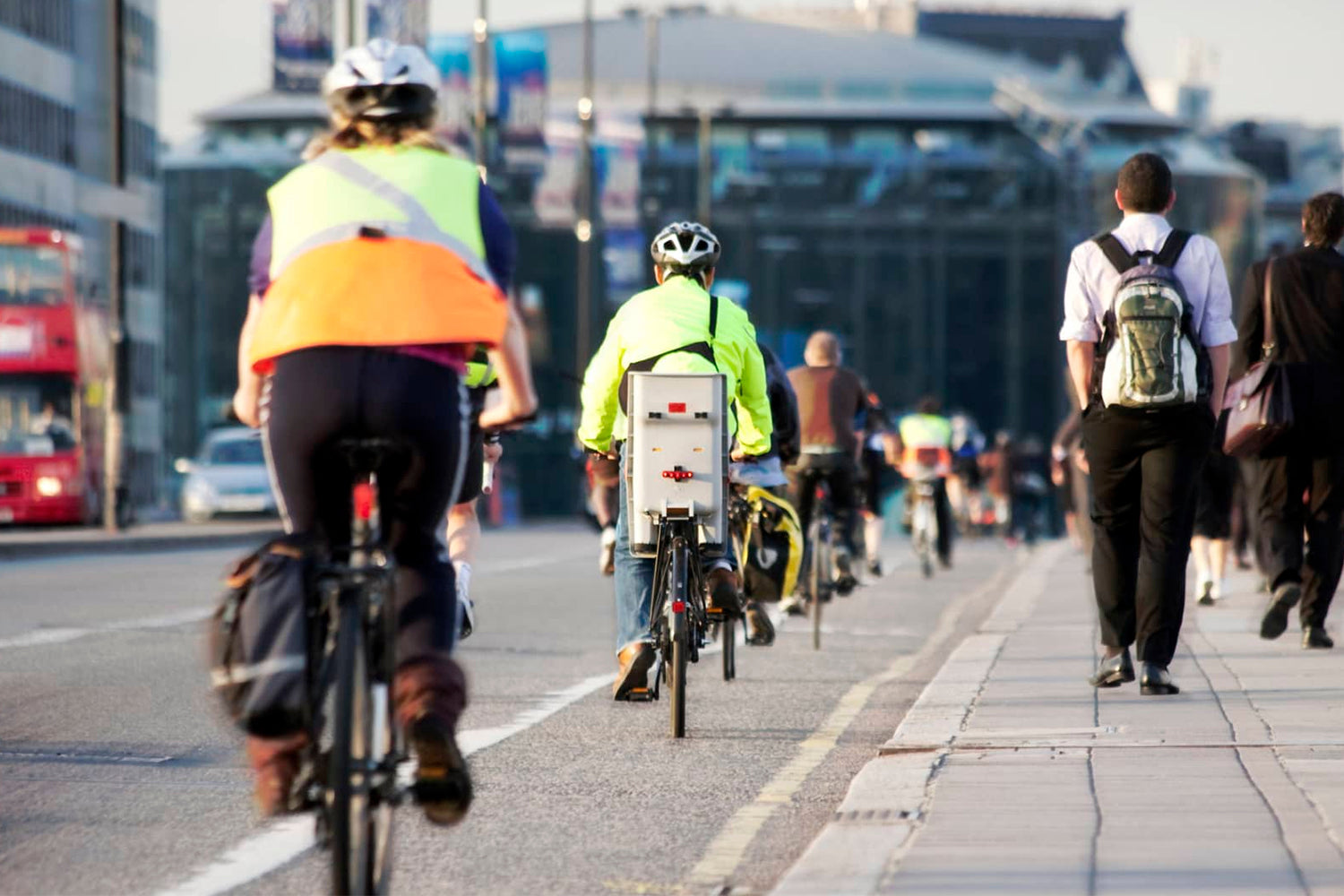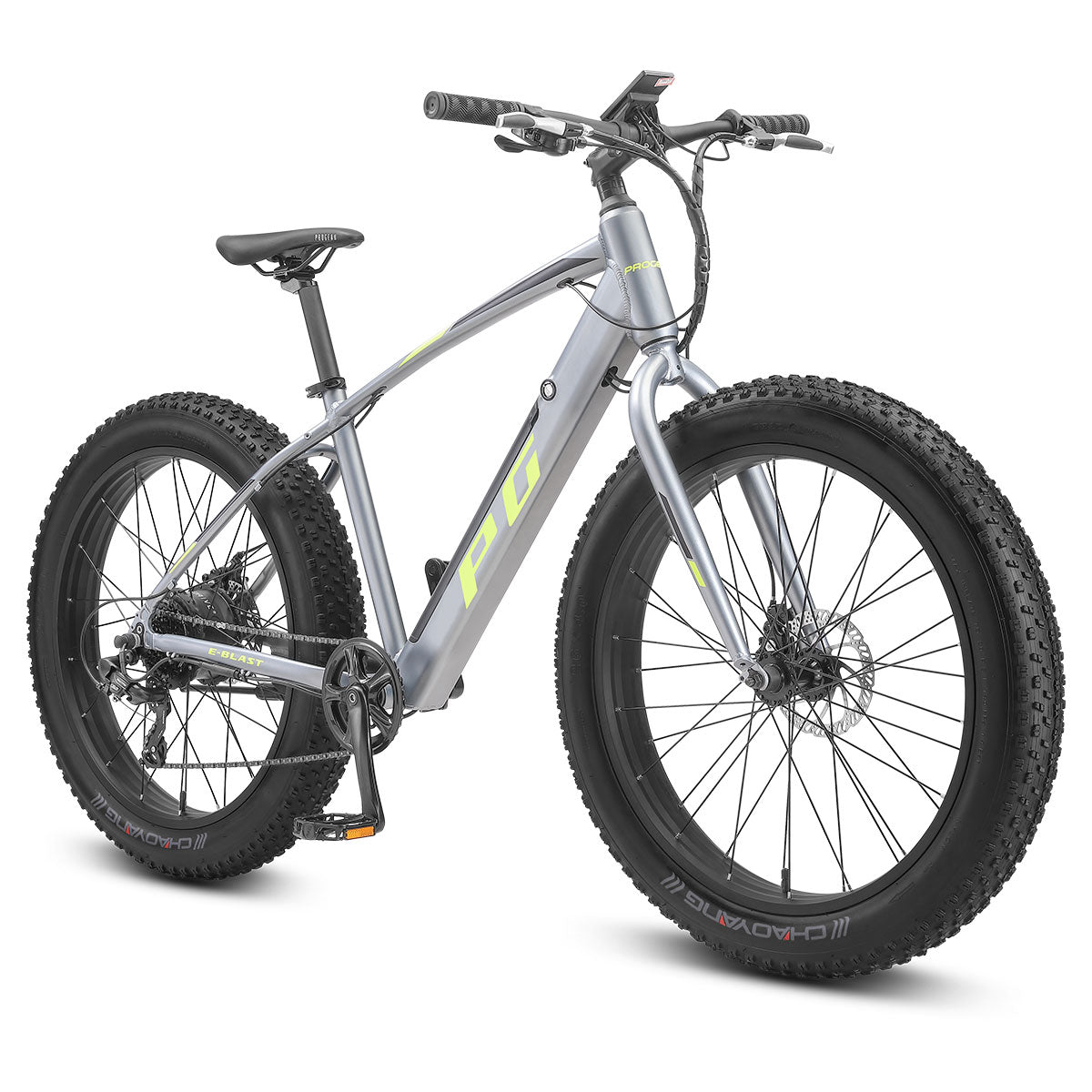Getting off-road is always an adventure. Whether you’re planning on taking your bike downhill, or on some rough and tumble trails, mountain biking is both thrilling and a great exercise. If you’re planning your first off-road trek, finding the right mountain bike to suit your needs might seem like a daunting task. We’ll walk you through the decision making process and help you find the right mountain bike for you.
Frame Size
If you can make it to your local bike shop to get some help finding the right size frame then you definitely should. Frame size is more of an art than a science. The bike’s saddle, and to a lesser extent the handlebars, can be adjusted to fit the rider, but it’s important to pick a frame that suits your individual dimensions. As you barrel down a mountainside, having spent the time to pick out a bike that you can comfortably mount, dismount, and stay in the saddle of will go a long way to make your ride safer and happier. It’s also important to note that the gendered distinction between men’s and women’s bikes - typically a low step through frame for women - is not critical for selecting a mountain bike. The most important thing to consider is the size of the frame.
Tyre Size
What type of off-road riding are you going to be doing most? There are a number of different ways you can get your kicks by going off the beaten path, and the way you most want to use your mountain bike will determine what type of wheel you should be looking at. There are two categories here; the wheel size and the tyre size. Wheel size refers to the diameter of the wheel and typically comes in three sizes for adult bikes: 26”, 27.5”, and 29”. Each size has its own benefits in mountain biking. The 29” wheel is easier to pedal while the 26” offers improved maneuverability which is crucial, especially for new mountain bikers. The 27.5” is a happy medium between the two. The size of the tyre refers to width and could come in a range of sizes, but for mountain biking the bigger the better. You want a lot of tread to increase your traction on difficult terrain. The GR-150 Adventure Road Bike for instance uses a thick 35c tyre allowing this typical road bike frame to survive if you take it onto rough tracks. For even more unsteady surfaces, a fat tyre bike is going to be your best bet. These bikes distribute the weight of the bike and rider over a much larger surface area, letting you ride easily on extremely slippery surfaces.
Electric?
It’s not essential, especially since it comes with a steeper price tag, but an electric bike is an amazing way to tackle the challenges of off-roading. The electric mid-drive motor, found on bikes like the E-Mojo, offers pedal assist by applying additional torque directly to the bike’s drivetrain. Basically it just makes pedalling more efficient for the rider and makes riding through steep hills much easier.If you’re starting mountain biking for leisure then going electric might be a sensible option.
Drivetrain
Let’s talk about the drivetrain. Given that you’re riding on trails, very likely through mountain ranges, you’ll need a lot of variety through your front and rear gears to maintain a steady cadence through hilly areas. A huge range of speeds is not necessary for every rider. Some can get away with just 7 or 8 speed through the rear free wheel, but if you want to get serious off-road, consider something around 21 speeds like the Surge.
Suspension
You’re going off-road, there’s bound to be a few bumps along the way. A suspension fork will absorb a lot of the unevenness of the rough track to stop you bumping around in the saddle. The shock absorption of the suspension forks also improves maneuverability at high speeds down hill. Suspension forks reduce shock that travels through your arms as you ride, but a dual suspension mountain bike like the Trail also offers shock absorption through the saddle, meaning you’ll barely feel the bumps of the track.
End Of The Trail
Don’t rush into this decision. There are plenty of mountain bikes out there. They’re not going anywhere. If you take the time to investigate all the features you might need to achieve your off-road riding goals then the bike you choose will be with you through many mountains to come.






















1 comment
Found this really interesting, thanks for sharing!